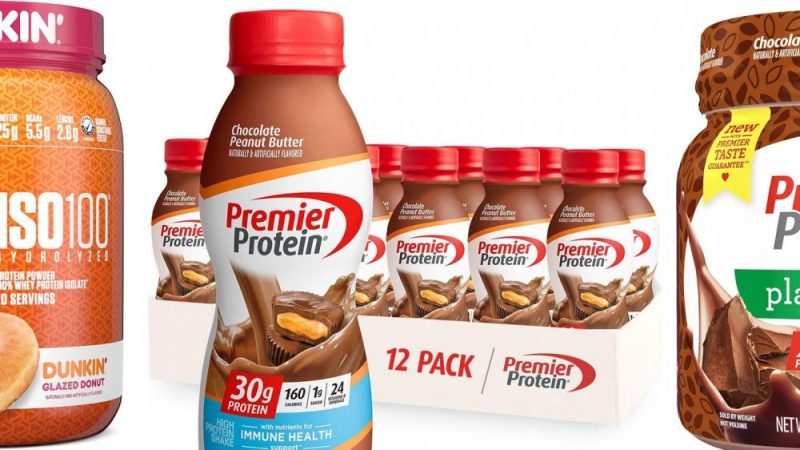Exorbitant prescription drug prices have everyone from politicians to consumers crying foul, underscoring the need for health care shoppers to tread carefully when choosing their insurance plan under the Affordable Care Act. After all, make the wrong decision and certain drugs may not be covered, resulting in huge out-of-pocket expenses.
Take the price of Crestor, a popular drug for lowering high cholesterol. It costs about $450 a month, which means a consumer would have to shell out $5,400 a year if they chose a plan that didn’t cover that prescription. But it’s usually not a single medicine patients with chronic conditions have to take. Often, there are multiple maintenance-type drugs, pushing the costs even higher.
“It’s especially important for consumers who have chronic conditions and are on medications on an ongoing basis,” says Laura Adams, a personal finance expert and spokeswoman for insuranceQuotes.com in Denver. “Depending on the drug they are taking, it may dictate the plan they choose even more so than the premium.”
Consumers Can’t Shop on Price Alone
When it comes to shopping for health insurance under Obamacare, many consumers look at the price of the plan first and the rest of the coverage as an afterthought. But by shopping on price alone, consumers can end up paying a lot more than if they took their own unique situation into account, particularly when it comes to prescription drugs. That’s because not only do consumers have to make sure their drug is covered, but they also have to consider the deductible and the variance in medication prices from one insurance provider to the next.
“There’s really a break-even analysis that consumers need to do to figure out what plan they need,” Adams says. “They have to figure out what the out-of-pocket cost is over a year’s time versus the premiums. In a lot of cases, you might come out ahead with a more expensive plan if the drug is expensive.”
Figure Out the Cost of Medicine Before Looking at Plans
For DIY consumers who are taking pricey prescription medicine, the first thing they need to do when shopping for health insurance is figure out the cost of the medicine for the dosage they take. While insurance companies are going to pay less than the retail price, checking online will give consumers an idea of how much they will be shelling out. After that, consumers have to look at the different tier plans and make a list of health plans that cover the medicine or medicines they need. Only then can a shopper weigh the cost of a year’s worth of the medicine against the annual health insurance premium. Take Crestor again as an example. At $450 a month, the out-of-pocket cost for that drug will be $5,400 for a year. That compares to the deductible on the lowest premium bronze plan that Nate Purpura, a spokesman at Mountain View, California-based eHealthInsurance.com, says costs $5,889 a year.
“About two-thirds of the health plans you can buy with or without a subsidiary on the exchanges do not have a separate deductible for prescription drugs,” Purpura says. “That means you are paying the entire medical deductible before the drug coverage kicks in.” There are plans that have drug deductibles that are in the $200 to $500 range, but the plan may not make sense from a premium or other coverage perspective and are far and few in between.
Noah Lang, co-founder of Stride Health, the San Francisco operator of a health insurance website, says the analysis of plans should also include some that have a health savings account attached to them. This provides a way for consumers who are spending a lot of money on drugs a way to put away tax-free money to cover the cost of their prescription medicine. Switching to generics can also help consumers save on their drug costs and premiums. Every health plan covers generic drugs with a copayment, which can typically be in the $15 to $30 range, Purpura says. “Anything else you will pay the negotiated retail price from the insurance company that is often fairly expensive,” he says.
Changes Can’t be Made Midyear
Unlike auto insurance or homeowners insurance, purchasing a health plan under Obamacare is going to lock you in for the entire year, which means if you get prescribed a new brand-name drug, it’s going to be an uphill battle to get it covered. That’s another reason consumers have to do their homework when choosing a plan. Sure, you can appeal to your insurance plan, but if it’s in the middle of the year, the only way to get a change in your coverage is if a life event occurs, such as moving to a new state, having a baby or certain changes in income. “I don’t know of a situation where you change plans simply due to cost of medication,” Adams says. “You are stuck in the policy until the next open enrollment.”




















